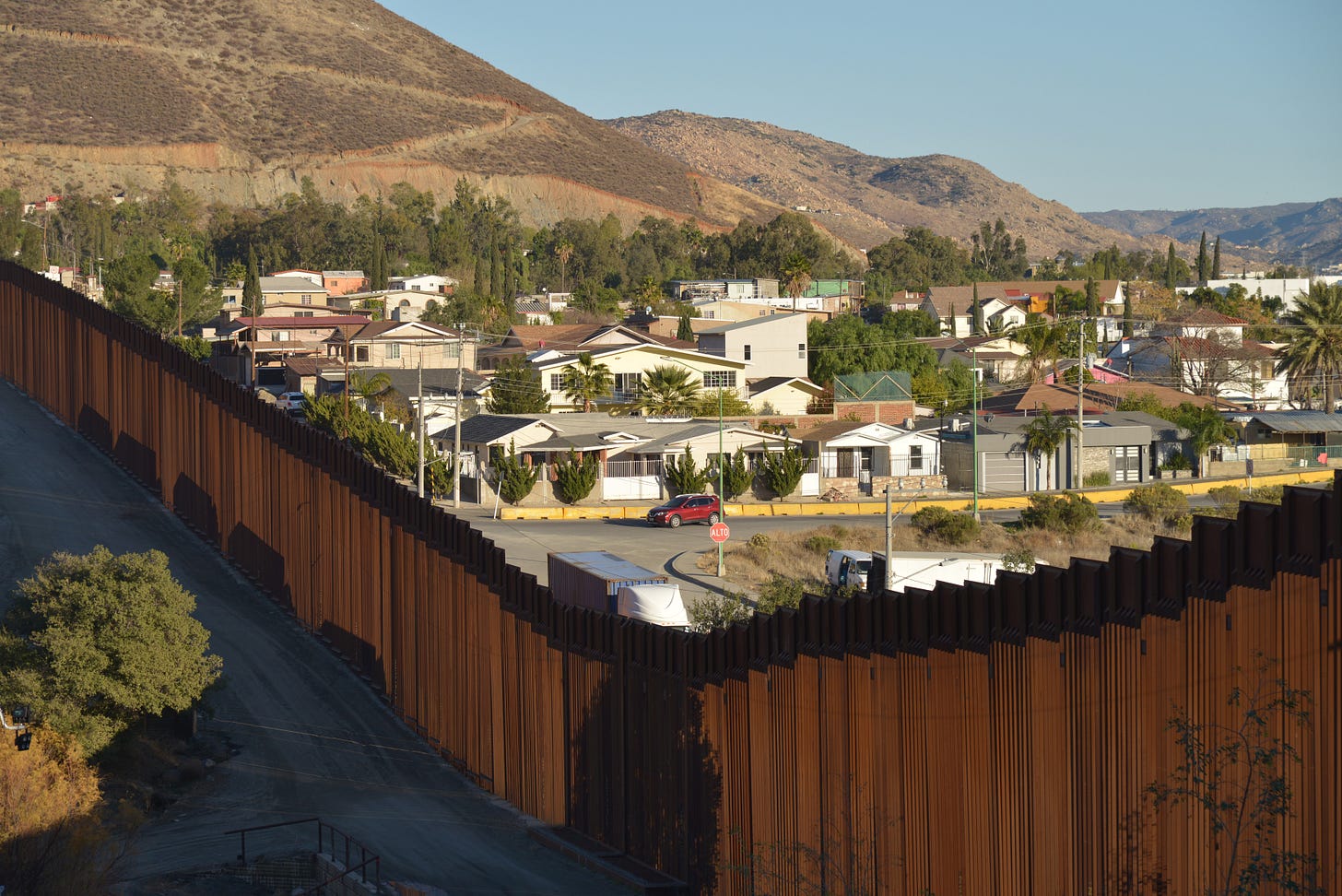Presidential Administrations and the Opioid Crisis
Whatever one’s personal views on who is to blame for the overdose deaths in the United States, there is no denying there has been a steady increase in the number of overdose deaths in the past two decades and it’s far more complicated than who sits in the oval office. A Forbes article in 2023 declared that “Synthetic Opio…
Keep reading with a 7-day free trial
Subscribe to In His Words to keep reading this post and get 7 days of free access to the full post archives.



